
Bruno Dias is a writer and game developer. His words appeared in Where the Water Tastes Like Wine, and he has worked this year on the upcoming Neo Cab and Pathologic 2. His game, Voyageur, came out on PCs in 2018.
I didn’t play all that many video games this year, which is odd given that 2018 was the longest year on record. Part of this is just me being busy; part of it is that several of the entries in this list are really malicious attempts at stealing away as much of my free time as possible. This was the year of the Hobby Game for me, with Monster Hunter and Destiny eating my life alive. This was the year where things went really tiny (Minit) or really big (BattleTech). Some year-in-gaming lists feel like picking out the best out of a wide selection of good things. 2018 seemed to me like there were fewer gems, but they shone very brightly. As ever, this list is in no particular order.
Celeste

Celeste is a joy. It seizes on the fundamental kinetic pleasure of the platformer to lift up a story about a very familiar form of pain. It’s sometimes hard to shine a spotlight on games that rest so much not on high concept but on deep quality of execution. Celeste is one of the great platformers of all time, up there with anything Nintendo or Capcom has put out in the last 30 years, and it brings a modern sensibility that’s very welcome in an old genre.
BattleTech
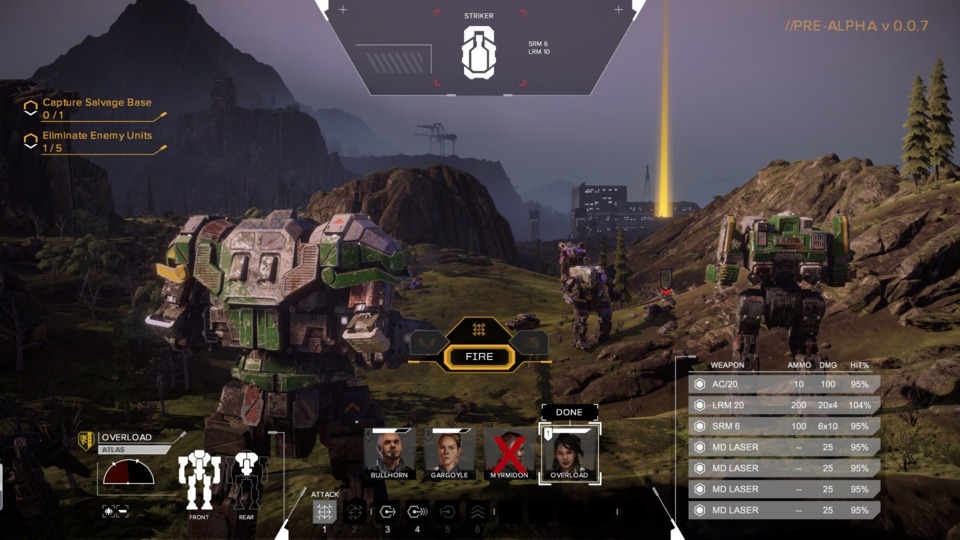
Tactics is a dry genre, and the BattleTech franchise, with its emphasis on fiddly robot customization and ponderous combat between enormous metal machines, risked feeling very dry indeed.
That it doesn’t is a testament to how it smartly puts the spotlight not on the machines themselves, but on their delicious chewy center: The fragile human bodies pulling the levers inside them. Would we have talked about this game in the same way without Dekker, poor Dekker, and his thousand gruesome deaths? I don’t think so.
Return of the Obra Dinn
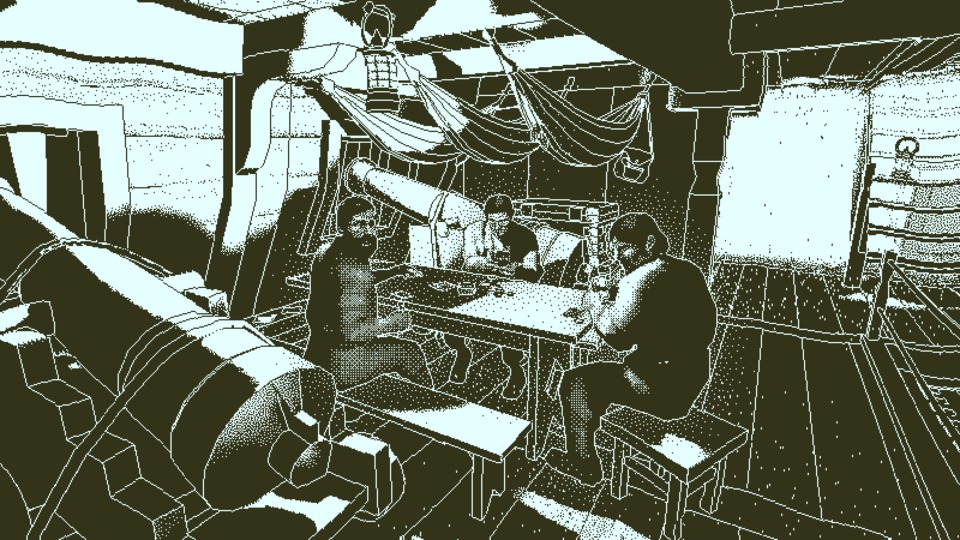
Mystery and investigation mechanics are hard to do, and few successful examples are out there. Lucas Pope spent a few years chasing that dragon and somehow he came back with its tail over his shoulder. I instantly fell in love with Obra Dinn’s loop of finding a body, making inferences, trying to build up to the next discovery, trying to work out a story you can only see in glimpses.
We are an industry that subscribes to a technological narrative of advancement, but often we’re making new tools faster than we can figure out how to best use them. There’s nothing about Obra Dinn that couldn’t have appeared in a game from 1998, but there’s very little about Obra Dinn that could have been designed in 1998.
Pillars of Eternity II

This is how much I liked Pillars of Eternity II: I felt good about having made myself finish the first Pillars game. It seemed rough and not too different from Baldur’s Gate, which can feel like a slog when not viewed through a haze of nostalgia.
It seems like a cumbersome formula, a strange marriage of conversation and combat where neither part of the puzzle really fits together. It seemed like only by rethinking those ideas at a base level you could make it all work, like Tides of Numenera did last year. But everything about Pillars of Eternity II works. The combat mechanics coalesce into a sensible whole, and suggest myriad combinations of builds and strategy ideas. The story trades in fantasy theogony while making such a world feel like a place real people can live in.
The Silence Under Your Bed
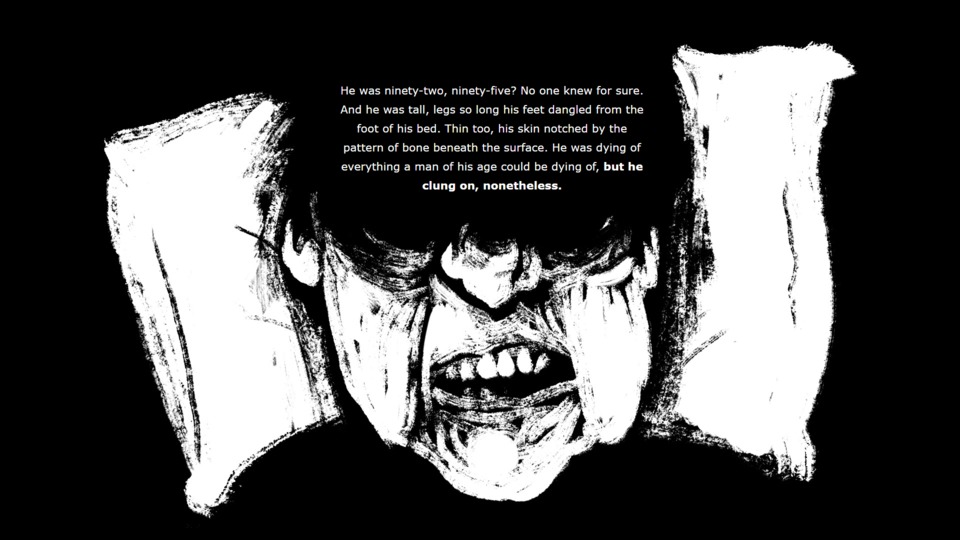
Full disclosure: I’m close friends two of the four people involved in this project. But I still can’t think of a game not already on this list that I liked more. And small wonder: This is laser-targeted at me and my interests. I love anthologies, I love skirting the edge between horror and comedy, and I love music as a storytelling tool. It’s smartly built, wonderfully creepy, funny (but through clenched teeth), and all too short.
Monster Hunter: World
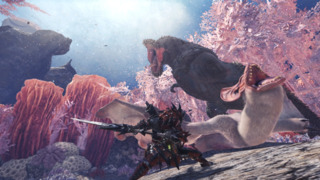
Boss fights fascinate me, as a concept, because they are often either the best or worst part of a game. The Super Mario series never found a boss fight mechanic worth a damn. Dark Souls almost seems like it would be better with nothing but its fantastic set piece boss fights.
Monster Hunter is, indeed, nothing but boss fights; an entire game about finding, understanding, and defeating one massive enemy at a time. But while Shadow of the Colossus blurred the line between “boss” and “level,” monsters here are all character: Animals with behaviors, reactions, and an intelligence all their own. Creatures you feel like you are in conversation with as you fight them. And while the series has been around for a long time, it’s never been around with such a scale, accessibility, and focus.
Slay the Spire
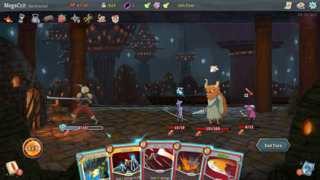
Slay the Spire came out into early access late in 2017, but it was only in early 2018 that it blew up and found an audience. It’s one of those genius ideas that I wish I had come up with: A roguelike deck-building game. I’ve always loved drafting and deck-building mechanics in card games, and to mix that with a roguelike proved to be a potent combination. Every roguelike traffics in the feel of cobbling together a winning strategy from whatever junk you find along the way, but Slay the Spire uses its CCG heritage to make it feel like your character is nothing but the junk you found along the way.
Destiny 2: Forsaken
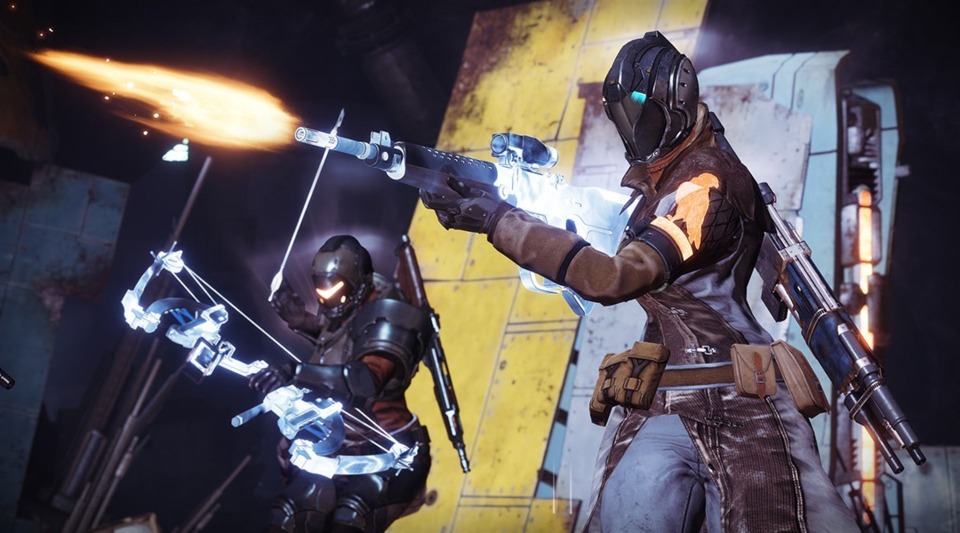
Forsaken is Destiny 2 figuring out why it exists. It’s an experiment in finding ways to use the scale and weight of a AAA game to the advantage of the story and mechanics. Maybe it won’t be enough to get new players over the hump and into the parts of the game that are truly special. But there’s nothing out there that is quite like a Destiny raid, and Bungie continues to both experiment and iterate on novel ideas while bringing an incredible amount of polish to every new way to play. I was always in Destiny 2’s corner, but now I feel like I have an argument as to why I like it so much.
Minit
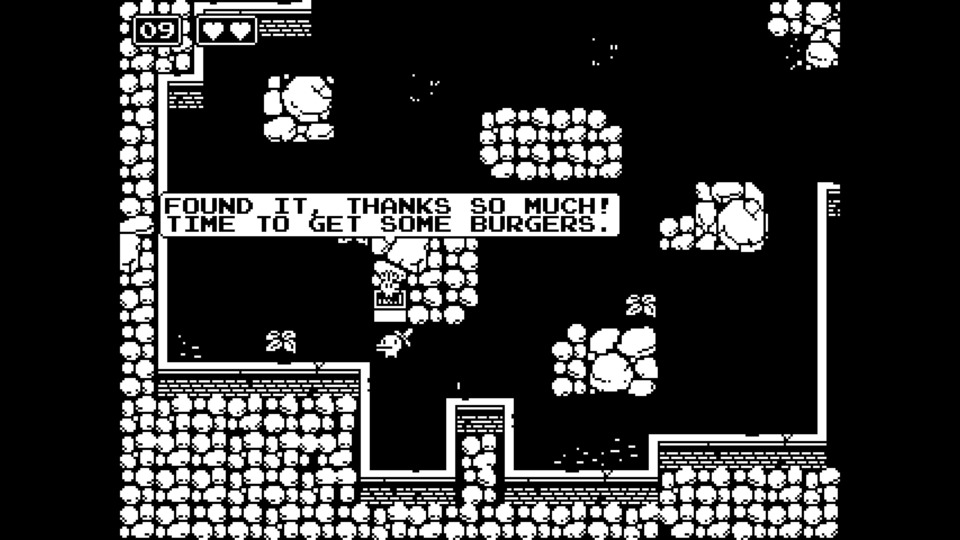
If Breath of the Wild was the incredible, maximalist realization of Legend of Zelda’s 30-year promise, then Minit is a clever and beautiful return to its minimal center: Here’s a sword, here’s a world, figure out what to do and where to go. I love how the game’s fundamental constraint enforces disciplined world design and a set of expectations that makes the whole thing sing. Minit makes a promise to the player that you can get through any obstacle within a minute, and that promise works to cleverly shield the player from frustration and gently push towards untangling its puzzles.
Magic: The Gathering Arena
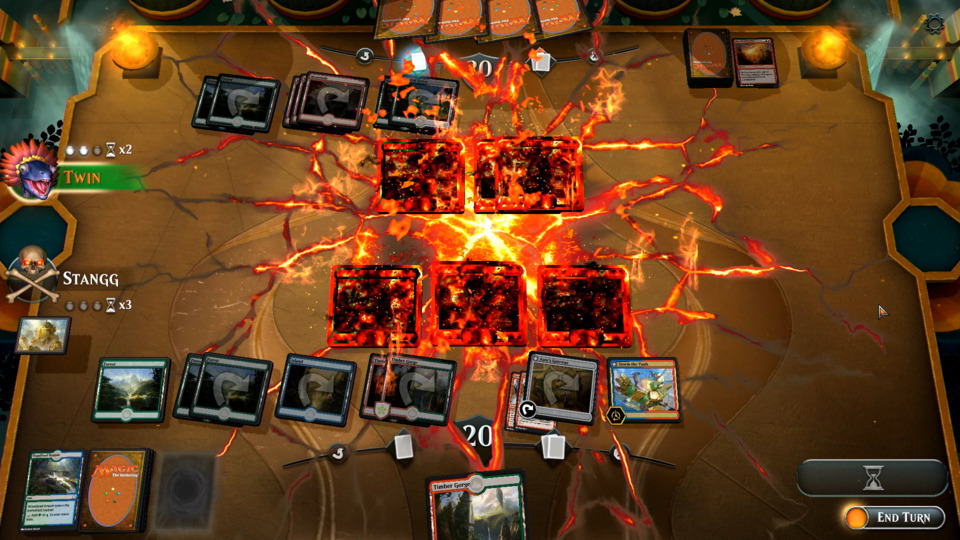
Magic is a 25-year-old pile of ideas from multiple designers, all of which are supposed to coherently work together under the same rules. It was designed entirely around the assumptions of two people sitting at a table together with real paper cards. I never expected to see a digital version of it that felt compelling as a video game rather than just as a way of playing Magic without having to put on pants.
And yet, Arena exists, and I’ve played a ton of it. That it can handle the extreme complexity of Magic while feeling fast and comfortable to play is an enormous achievement. And Arena’s arrival coincides with Magic’s being the best it’s been in years from the perspective of game balance and quality of design and play. As giants like Valve and CD Projekt Red wade into an increasingly crowded CCG market, suddenly the grandfather of the whole genre looks like a real bar to clear.